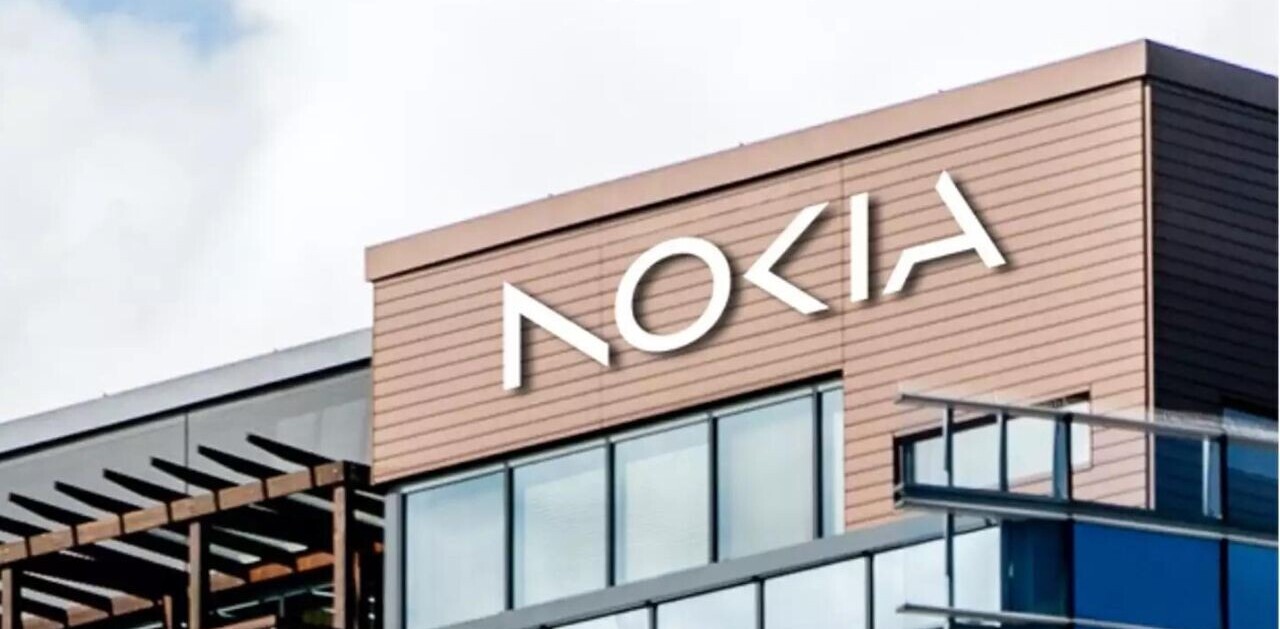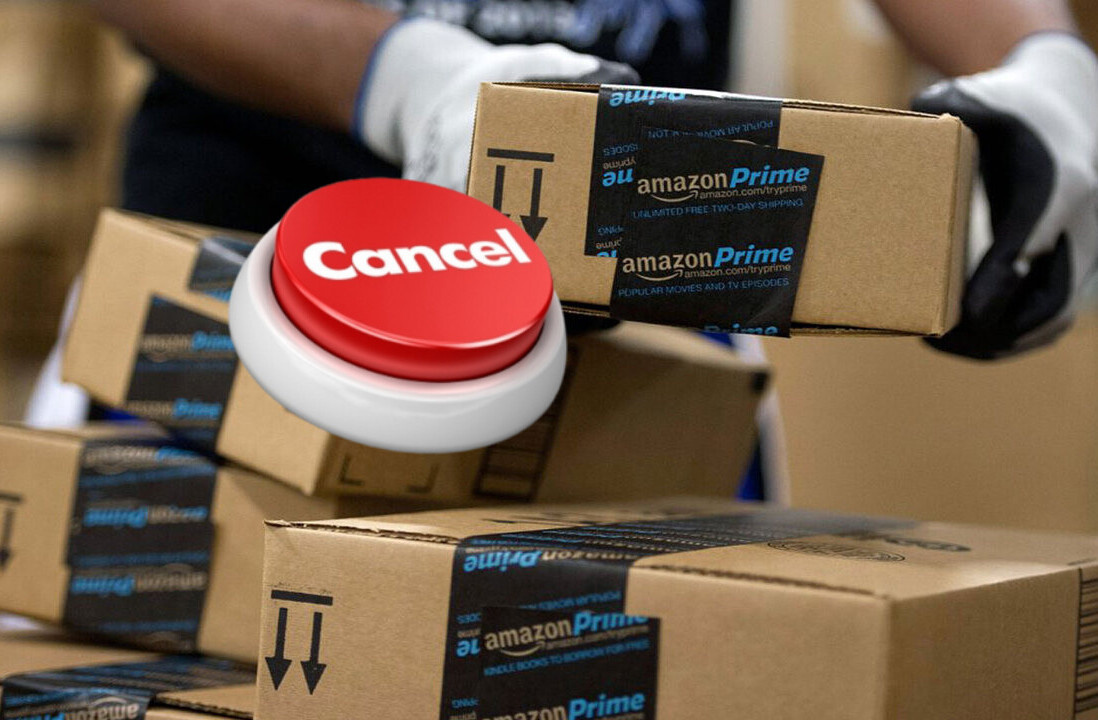
Amazon is doing a fantastic job of positioning itself as a serious contender in the tablet category after just a year in the biz. It has one of the most charismatic and focused CEOs in Jeff Bezos, and its event this week has set off mostly positive responses to its new Kindle and Kindle Fire models.
But Amazon’s lack of global content offerings is getting to be a very serious issue, one that will prevent it from competing on a high level with Apple in tablets, as it very much wants to do.
Bezos’ presentation to the press Thursday was polished and measured. He seemed to be in control of his message and more comfortable this year than last year’s event when he first introduced the Fire. The growth of Bezos as a public presentation powerhouse has mirrored Amazon’s aggressive wedge-shaped entry into the hardware business.
Beginning with a single original Kindle and plowing onwards and outwards into the tablet space, Amazon has managed to translate a decades-long philosophy into e-reader dominance and a measure — according to Amazon’s 22% figure — of tablet success. Amazon has been famous for building its own tools, something that is very common in software or game development, but not so much in the world of retail, which tends to rely on pre-packaged solutions. And that philosophy has spawned enormous businesses for Amazon, like AWS and its other cloud computing offerings.
So, while suddenly deciding to build hardware may have seemed like a shocker back when the Kindle was first announced, it fits in with Amazon’s company culture quite well.
With his presentation this week, Bezos made it clear that this company culture was informing how it planned on doing business in tablets. “We love to invent, we love to pioneer. We even love to go down avenues that turn out to be blind alleys,” said Bezos. “But every once in a while, one of those blind alleys turn into broad avenues.”
The Kindle Fire HD is one of the avenues he was referring to. But that avenue has some potholes that people seem to be overlooking as they are quick to make the obvious observation that Amazon is gunning for its biggest competitor: Apple.
A conduit for content
Back in July, I wrote about Apple’s rumored-to-be-forthcoming iPad mini, and how its purpose would be to act as a conduit for the company’s content.
Unsurprisingly, this is exactly how Bezos sees the Kindle Fire HD. Though careful to specify that Amazon was able to produce the new tablets without losing money, he also stated that “people don’t want gadgets anymore, they want services.”
Those Amazon-supplied services can be more accurately described as content stores. Whether they’re paid for via a membership to Amazon Prime or directly on a per-item basis like books or apps, these stores are how Amazon expects to make money with the Kindle family. It’s about crafting a positive feedback loop where the devices are pleasant enough to use to encourage people to purchase content to use on the devices and so on.
But in order for this conduit concept to work, the content must be made available. And Amazon is doing a bang-up job on this in the US. Amazon is not announcing enormous partnerships and deals at events like the one this week, but it is iterating — adding substantial chunks of value for its customers at a regular pace. The recent deal with Epix to bring more movies is a good recent example of this.
Bezos read off a letter from an Amazon customer on stage on Thursday that exemplifies the exact feeling they want to engender:
Unfortunately, for customers outside of the US, the picture isn’t quite as good. And they represent a very, very big market that Amazon must come to grips with serving. Especially because Apple has been working for more than a decade to serve those customers and are so well placed to do so now.
There’s lots of world out there
The small tablet form-factor, like the Kindle Fire HD and perhaps a new iPad mini, is an ideal one for content delivery portals. The smaller and lighter designs can be used for longer periods of time and are psychologically, if not practically, more portable.
Apple, to use an example, has sold around 55M iPads total as of earlier this year. The Apple v. Samsung case opened the books enough for us to see that 34M of those were sold in the US. That leaves some 21M for the rest of the world. That’s over 38% of Apple’s iPad business overseas. The worldwide market cannot be ignored.
Amazon’s original pitch for the Kindle Fire was “all the content, half the price”, but it should have added the post-script: “if you live in the good old U S of A.”
The major content stockpiles that Amazon is hoping will entice purchasers of the Kindle Fire HD are:
- Apps
- Movies
- TV Shows
- Music
- Books
All of those stores are relatively well-stocked and tended to with frequent additions in the US, but how do they fare worldwide?
Until recently, Amazon’s Appstore (its own version of Google’s Play Store) was available only in the US. Late last month, it became available in the UK, Germany, France, Italy and Spain. That’s fantastic for those countries, but it comes 17 months after the original launch of the Appstore and that’s far too long in a world where Apple has been killing it with app sales worldwide for years and Google has been making aggressive strides to make the Play Store available in hundreds of countries.
Amazon pulled a brilliant move by forking Android and repurposing millions of dollars worth of Google’s development efforts to its own ends. But that rules out the Google Play Store (short of rooting, which regular people won’t do) and Amazon needs to get serious about making apps available to a wider array of users.
That being said, apps are the absolute least of Amazon’s worries. It doesn’t make any sort of real money from the sale of apps and that’s not its bread and butter anyway. But things don’t get any better when you get into Amazon’s marquee content arenas.
Movies were pushed big by Amazon, but its Instant Video service is only available in the US, period. If you’re in the UK, and have a separate Lovefilm subscription and instant service, you’re covered there and you even get Whispersync. But that’s a far cry from the inclusion of Instant Video in the US and countries outside of those two are out of luck completely.
As far as music goes, coverage for Amazon’s cloud storage and MP3 options is incredibly spotty with the UK, France and Germany enjoying some of the services and many other countries wondering what happened over four years since Amazon promised a rollout back in 2008.
But, perhaps worst of all, getting books on a Kindle outside the US is a frustrating affair fraught with unexpected taxes and fees and crazy variations in the catalog sizes in any given country. Yes, there are hundreds of thousands of books available in Amazon Kindle Stores worldwide, but for a company who is almost completely dominating the e-book space (or at least was up until 2010), this is simply unacceptable at this point.
A decade of work
Amazon gets retail in a very big way. It knows that media availability and content deals are the lifeblood of its new tablet strategy. I like the way that the astute Ben Bajarin put it earlier today when he said that “Amazon is in this for the long run. They understand the tablet market is a marathon not a sprint.”
Unfortunately, Apple also knows this and they have been running the marathon for over a decade now. Since Steve Jobs offered a coherent digital roadmap to a music industry on the downward slope of its physical sales curve, Apple has been grinding away making deals with content providers both inside and outside of the US.
When you look at Apple’s offerings in the international market, the amount of work that it has put in becomes insanely evident. The number of regions covered by many, if not all, of Apple’s apps, movies, music, TV shows, iTunes Match, iTunes in the cloud and iTunes U services is immense when compared to Amazon’s offerings.
The core stuff — Apple’s music, movie, app and book offerings — is available in all 62 countries listed here.
What makes this coverage even more ridiculous? Apple doesn’t need the money it makes from iTunes in order to stay profitable. Its hardware margins take care of that, and then some. The content it delivers to customers is all about enjoying the product once they’ve purchased it.
It’s almost exactly like Amazon’s virtuous circle, but in reverse. Where Amazon ships the conduit for pennies on the dollar in order to make money on the content, Apple makes its profit up front and ships the content for ‘bonus’ money.
Yes, Apple likely makes a tidy profit on iTunes, but it’s nothing compared to its hardware business.
The reason that map above even exists, however, is that Apple has been negotiating these content deals for so very long. These deals are incredibly difficult to negotiate and take immense amounts of time. Making a deal with the big 5 labels or the top movie studios is just the beginning.
There are regional restrictions, layers of sales and distribution deals to strip away, individuals with a grip on fiefdoms of content that they won’t let go without insane demands being met. There are hundreds of smaller music catalogs that need to be negotiated for by content lawyers and executives on a 1 to 1 basis.
Heck, Apple’s iTunes Match service is only available in a fraction of the countries that its music offerings are because its model of ‘purchase a song, get bonus royalties on plays from the cloud’ is so novel that many labels or conglomerates of labels can’t seem to wrap their heads around it.
Apple has been fighting these battles tooth and nail for over ten years and that map above still isn’t all green.
This is why Amazon can’t really be considered an iPad competitor on a worldwide scale. If it was selling for a hardware profit and managing to do so on a decent scale around the world, even though its content offerings were weak, you could probably make that kind of claim. Unfortunately, Amazon’s benchmark for success of the Kindle Fire line has everything to do with making the content that causes it to be attractive available worldwide, period.
And Amazon is ten years behind Apple in making that happen, at least. And the pace at which it’s adding content for its users in the US isn’t being mirrored worldwide. Nice forward progress is being made in hardware at Amazon, why not content? It’s an incredibly tough undertaking, but it’s also incredibly vital if it wants to make the Kindle Fire a real alternative for customers that aren’t stateside.
Fortunately, Amazon does not depend on the Kindle Fire for its profitability. It has a healthy business in retail and web services and a CEO with the vision and perseverance to methodically craft a vision. The cards are stacked in its favor, for sure. But it’s a long road ahead for the Kindle Fire and even if it has success in the US, it behooves all of us to remember that there’s a lot of world out there.
Get the TNW newsletter
Get the most important tech news in your inbox each week.








